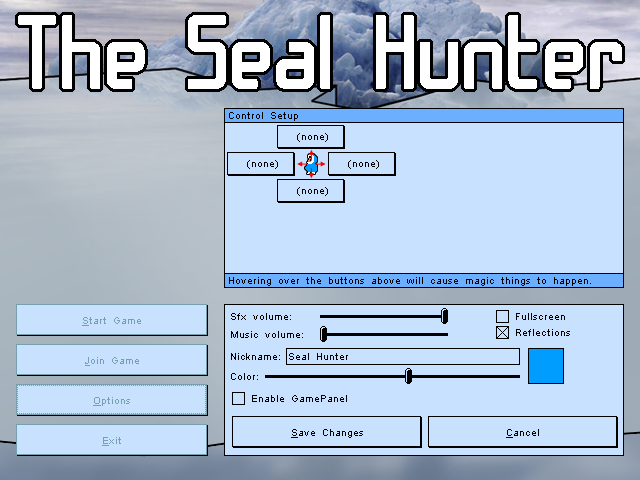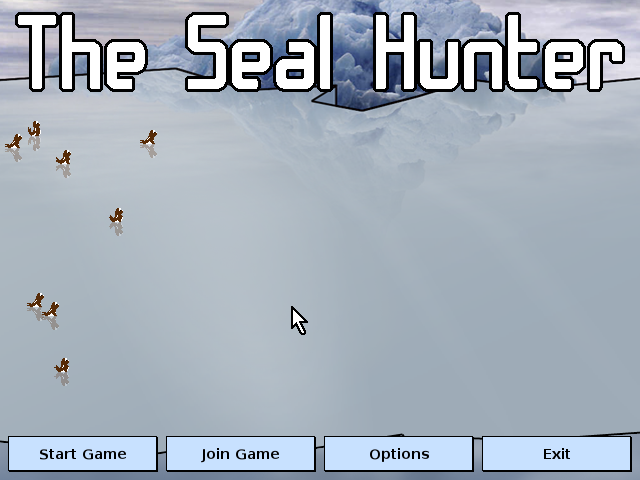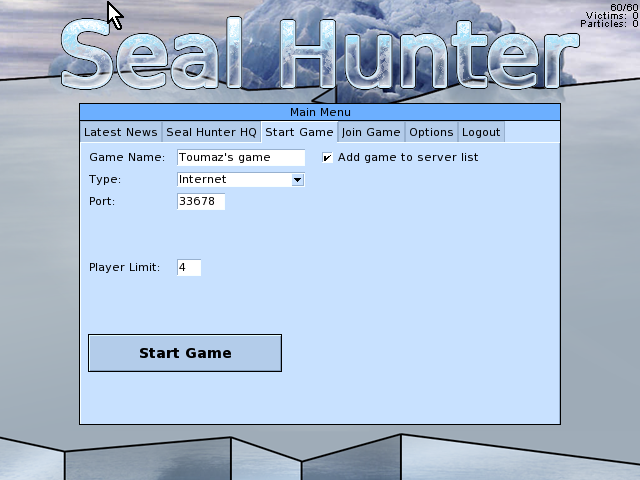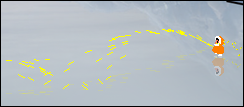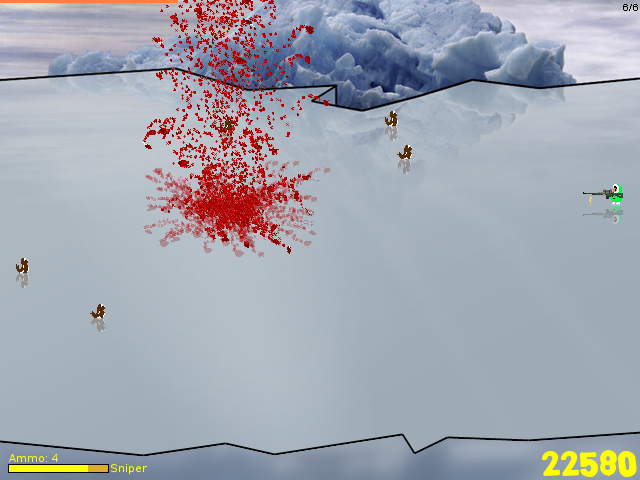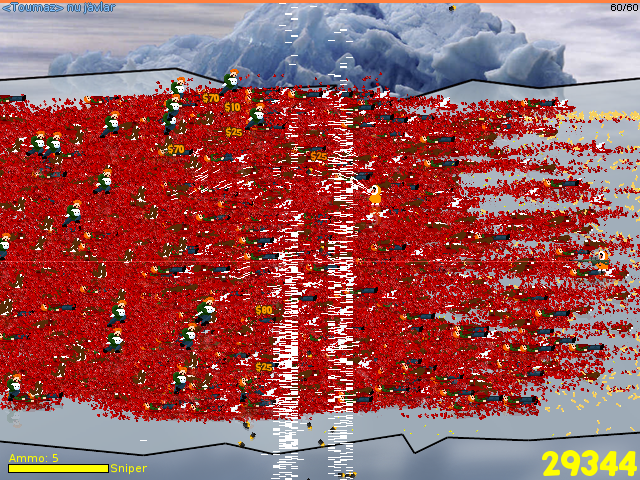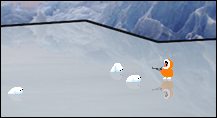It’s been a while, so here’s a quick update on what little is being done (emphasis on little).
Right now there’s quite a bit of lobby <-> game communication that needs to be written, and I find this extremely boring. To put this in an easier fashion, I’m making the game servers record and submit game results to the account server – and progress with this is very slow. On a positive note though, clients that are connecting to a game sends their account identity which is then checked against the account server by the game host. Look at the screenshot to the right for further reference – you’re able to see the account #ID and account name of others in your game via the scoreboard. You can still choose any nickname you wish!

A few other things you’ll note from the screenshot is that the rank insignia and title (the TERRIBLE rank title) is displayed next to the player name, along with an XP bar to the right. Below, the player’s current arsenal is displayed – the weapon names displayed in the screenshot are placeholders for the time being, i.e. this isn’t fully implemented. Since the game round hasn’t started yet, there’s also an indication whether or not the player is ready to start. And yeah, the ping display hasn’t been implemented fully yet either. No biggie.
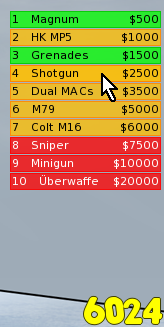
Buying weapons is easy as a pie too. You can either press a key to automatically buy the most expensive weapon you can afford – à la The Seal Hunter – or press another key to bring up the buy menu. This is fairly straight to the point – your current arsenal is displayed (this arsenal limit of five weapons is as you can see also not finished yet), click a weapon or press its number key to purchase and equip it. Weapons displayed in green are those you already own, and those in red are sadly not affordable. And before any of you ask, Überwaffe is a very powerful weapon (something like the BFG9000, only more ridiculous) that I use during testing. Please note also that I’m not very happy with the current look of the buy menu and I will most likely end up making it an itsy bit prettier soon enough.
In conclusion, I’m working on setting up a forum and setting up some integration with this blog, so hopefully a forum opening shouldn’t be all too far away. Thanks for all your positive comments so far and until next time!


